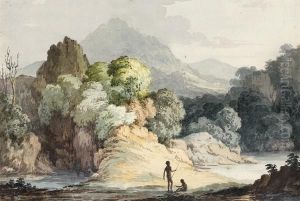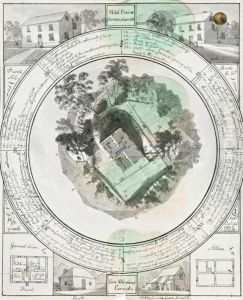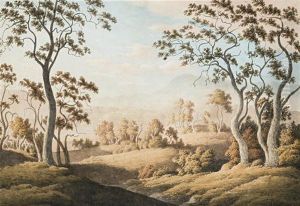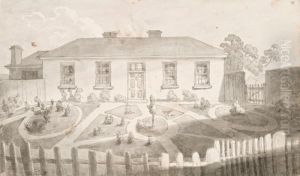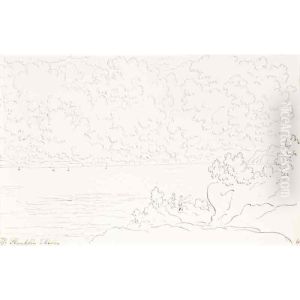John Glover Jnr. Paintings
John Glover was a British-born landscape painter who is today celebrated for his pioneering depictions of the Australian landscape. Born on February 18, 1767, in Houghton-on-Hill, Leicestershire, England, Glover showed an early talent for drawing and painting. Initially, he worked as a farmer, but his passion for art led him to pursue a career as a professional artist. Glover established himself in London by the late 1790s, where he became known for his English and European landscapes, often drawing comparisons to the work of Claude Lorrain for his idyllic and pastoral scenes.
In 1831, at the age of 64, Glover emigrated to Van Diemen's Land (now Tasmania), Australia, in search of new landscapes and opportunities. This move marked a significant shift in his artistic career. The Australian landscape offered Glover unique and exotic vistas unlike anything he had previously encountered. He quickly adapted his European-influenced style to capture the distinct light, texture, and form of the Australian bush. Glover's paintings from this period are noted for their detailed and accurate representation of the natural environment, making him one of the foremost painters of the Australian landscape during the early colonial period.
Glover's work was instrumental in introducing the European public to the Australian landscape. His paintings were celebrated for their luminosity and for capturing the essence of the Australian wilderness. Glover's contribution to Australian art was not only in his depiction of the landscape but also in his influence on subsequent generations of Australian artists. He is often referred to as the 'father of Australian landscape painting' for his role in establishing a unique Australian aesthetic in art.
John Glover passed away on December 9, 1849, in Tasmania. His legacy lives on through his influential works, which continue to be celebrated in both Australia and Britain. Glover's paintings are held in major public and private collections worldwide, testament to his enduring significance in the history of landscape painting.
